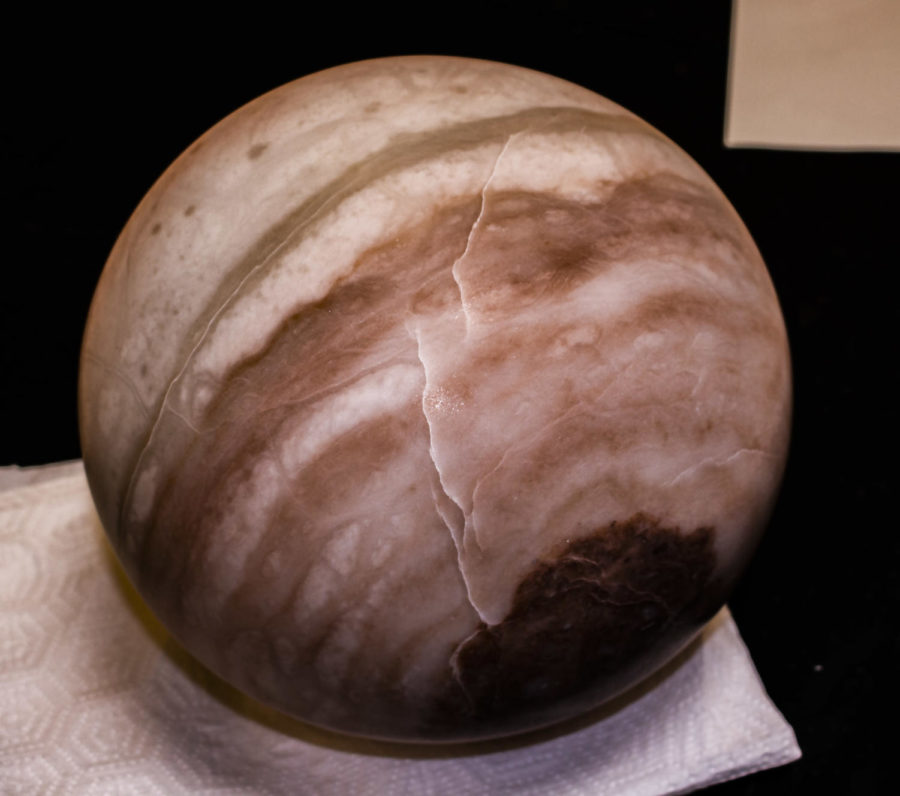Behind Urban’s unique stonecarving class
If you find yourself in the garden at 11am on a Monday morning, you’ll hear the rhythmic tapping of chisels on stone and the intermittent chirping of birds. You’ll see 14 sophomores, juniors, and seniors standing in a line focused and dedicated to carving away at their individual stones.
Urban’s stone carving class, started by former Urban art teacher Janet Jacobs, is run twice a year with a total of 28 students per year. The class, which is the only of its kind among Bay Area high schools, includes a 12-week project where students carve a stone weighing anywhere from a couple dozen to a couple hundred pounds into the design of their choice. This advanced sculpture class uses ancient tools that have historically been used in numerous cultures to form stone sculptures that are displayed throughout the school at the end of the trimester.
Urban visual arts teacher Kate Randall is the current teacher of the stone carving class. Randall studied both ceramics and stone carving previous to teaching, studying with Italian artist B. Amore and Japanese artist Toshiko Takaezu.
“The class requires students to develop a lot of tactile sensitivity”, Randall said. “The stone demands a certain integrity from each person in the way that they’re approaching it.”
Georgia Lockwood ’21, a current student in the class, commented that “you don’t really get the opportunity to take a class like this very many times.” Lockwood also added that the class is quite trying. “It’s definitely made me appreciate professional stone carvers… I knew it was going to be hard, but I didn’t know how much detail is involved in the process. You need to be so patient and focused.” Lockwood is currently carving her stone into the shape of an abstract sea creature. She was inspired by ancient Maori bone sculptures to create her unique design.
In an average class, students share and discuss their homework, which is usually some sort of physical project designed to hone their sculpture skills or get them thinking creatively about stone carving. Then they go outside into the garden to their stones and carve for the entire class period.
Lockwood recounts how the class can often be discouraging, particularly after she put in such hard work on a singular project. “It’s frustrating because I worked really hard on my stone, but then I broke a whole chunk of it off and had to completely reshape it.”
Randall also added that “It’s typically a very committed, focused and diligent group of people who sign up for it.” She hopes to add more unique art forms to the Urban art curriculum in the future, including jewelry making, screen printing, figure modeling, art as a social practice, as well as a class looking at how art and physics are connected.
Both the intense and imaginative qualities of the class stretch students to try out an unusual and often challenging art form, discovering an uncommon art form that can’t be found in schools anywhere else but Urban.












